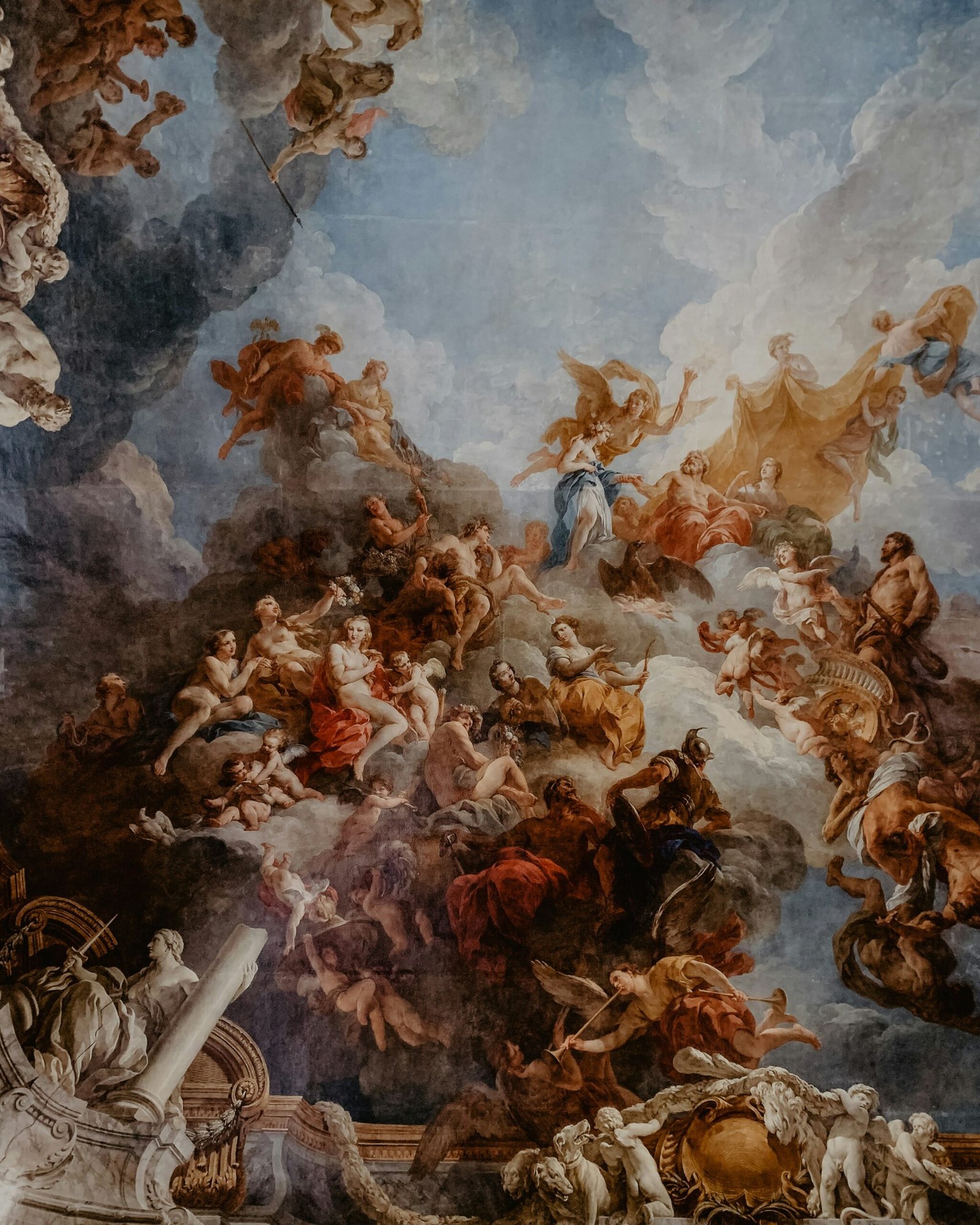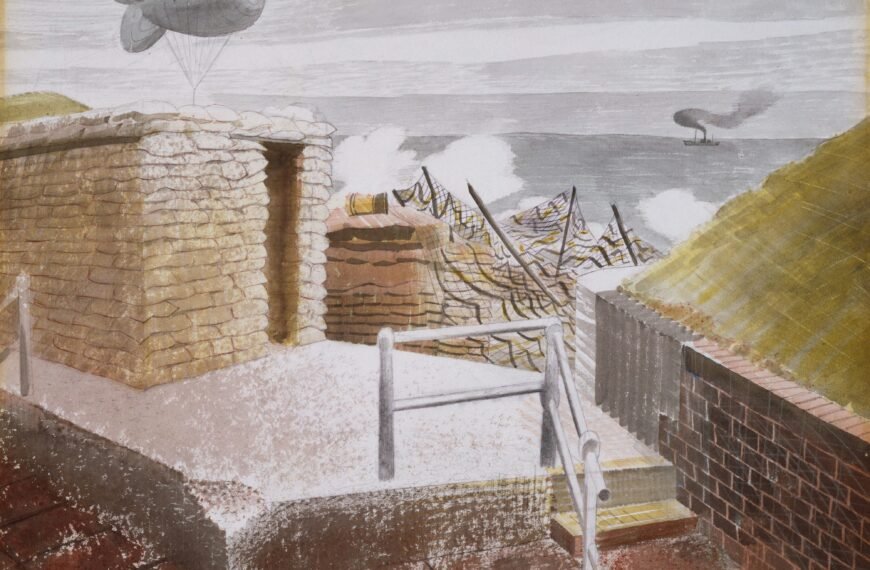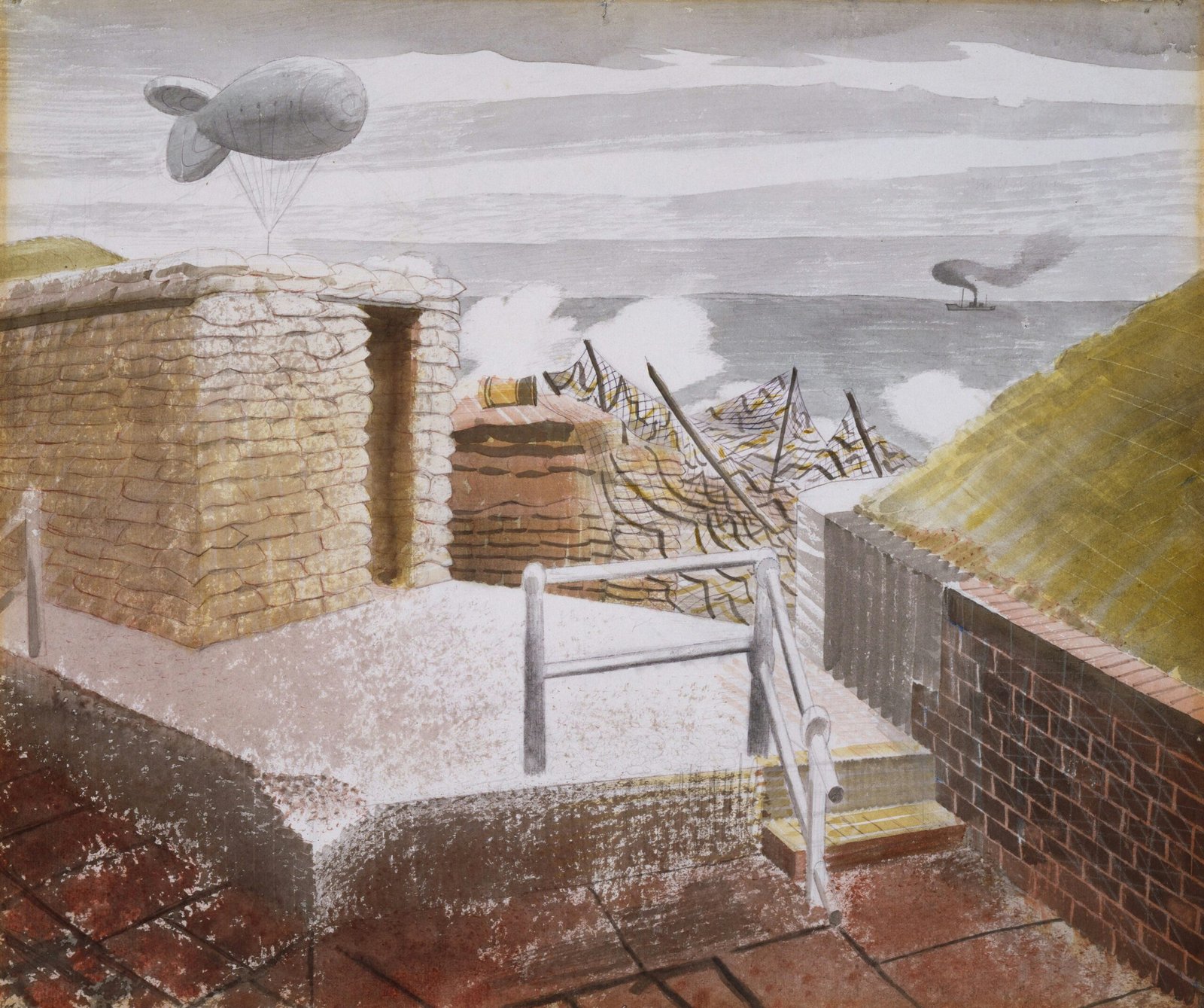Step into the captivating world of Corrado Cagli, an artist who shattered boundaries throughout his career in pursuit of artistic freedom. A new exhibition at the Center for Italian Modern Art in New York showcases his life and work, inviting you to explore the fascinating intersections of history, society, and culture embodied by Cagli. From his daring portrayals of homoerotic cardplayers to his struggle with exile and discrimination, Cagli’s art provides a unique lens through which to view the complex and transformative events of the 20th century. Get ready to be enthralled by a collection of drawings, paintings, photos, and ephemera that bring Cagli’s boundary-shattering journey to life.
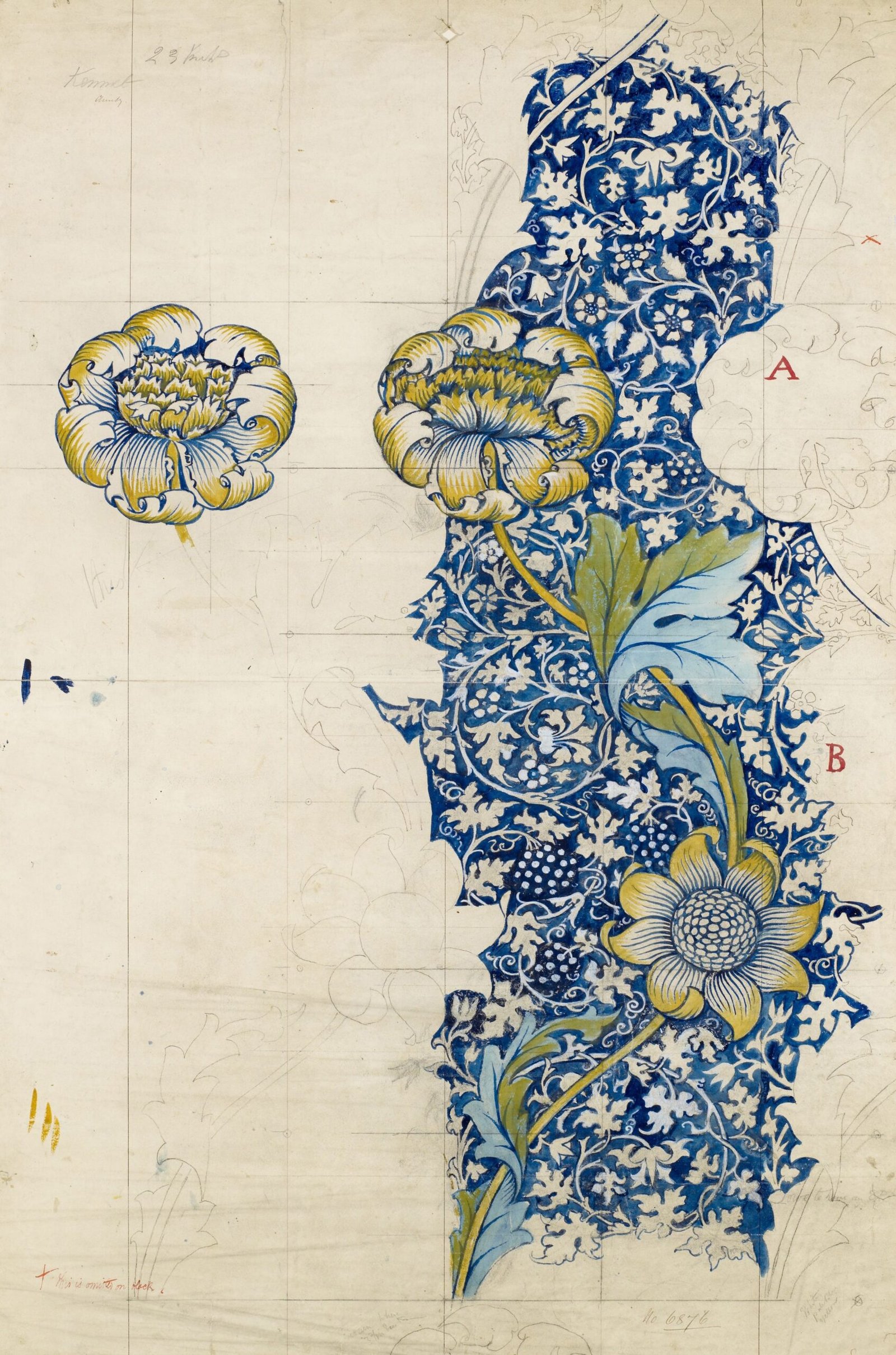
Background on Corrado Cagli
Cagli’s early career as an artist
Corrado Cagli began his artistic journey in the 1920s, establishing himself as a talented painter with a unique vision. He experimented with various styles and techniques, constantly pushing the boundaries of traditional art. Even in his early works, Cagli displayed a remarkable ability to capture the essence of his subjects and convey complex emotions through his paintings.
Cagli’s unique artistic style
One of the most striking aspects of Cagli’s art is his distinctive style. He combined elements of realism and surrealism to create dreamlike and often provocative imagery. His use of vibrant colors and bold brushstrokes added depth and intensity to his paintings. Cagli’s work often explored themes of identity, sexuality, and societal norms, challenging viewers to question their own perceptions of the world.
Cagli’s personal background
Corrado Cagli’s personal background played a significant role in shaping his artistic journey. As a gay man and a Jew, Cagli faced numerous challenges and discrimination throughout his life. These experiences influenced his art, as he used his work to express his emotions and reflect on the social and political issues of his time. Cagli’s personal struggles and resilience are evident in the depth and complexity of his art.
The Impact of Cagli’s 1937 Painting
The inspiration behind the painting
Cagli’s 1937 painting, titled “Partita a Carte” (“Card Game”), was inspired by Cézanne’s series of cardplayers. However, Cagli took the subject matter in a completely different direction, infusing it with homoerotic undertones and exploring themes of intimacy and human connection. The painting challenged societal norms and sparked conversations around sexuality and desire.
Public and critical reception
When Cagli’s painting was displayed at the Comet Gallery in New York in 1937, it caused quite a stir. The public was both intrigued and captivated by the boldness and sensuality of the artwork. It gained widespread attention and even caught the eye of major publications, including Art Digest and The New York Times, which featured it prominently in their articles.
Publication features and recognition
The inclusion of Cagli’s painting in prominent publications further solidified its impact and recognition in the art world. Art Digest and The New York Times showcased the artwork, exposing it to a wider audience and establishing Cagli as a groundbreaking artist. The recognition he received for his 1937 painting set the stage for his subsequent artistic endeavors.
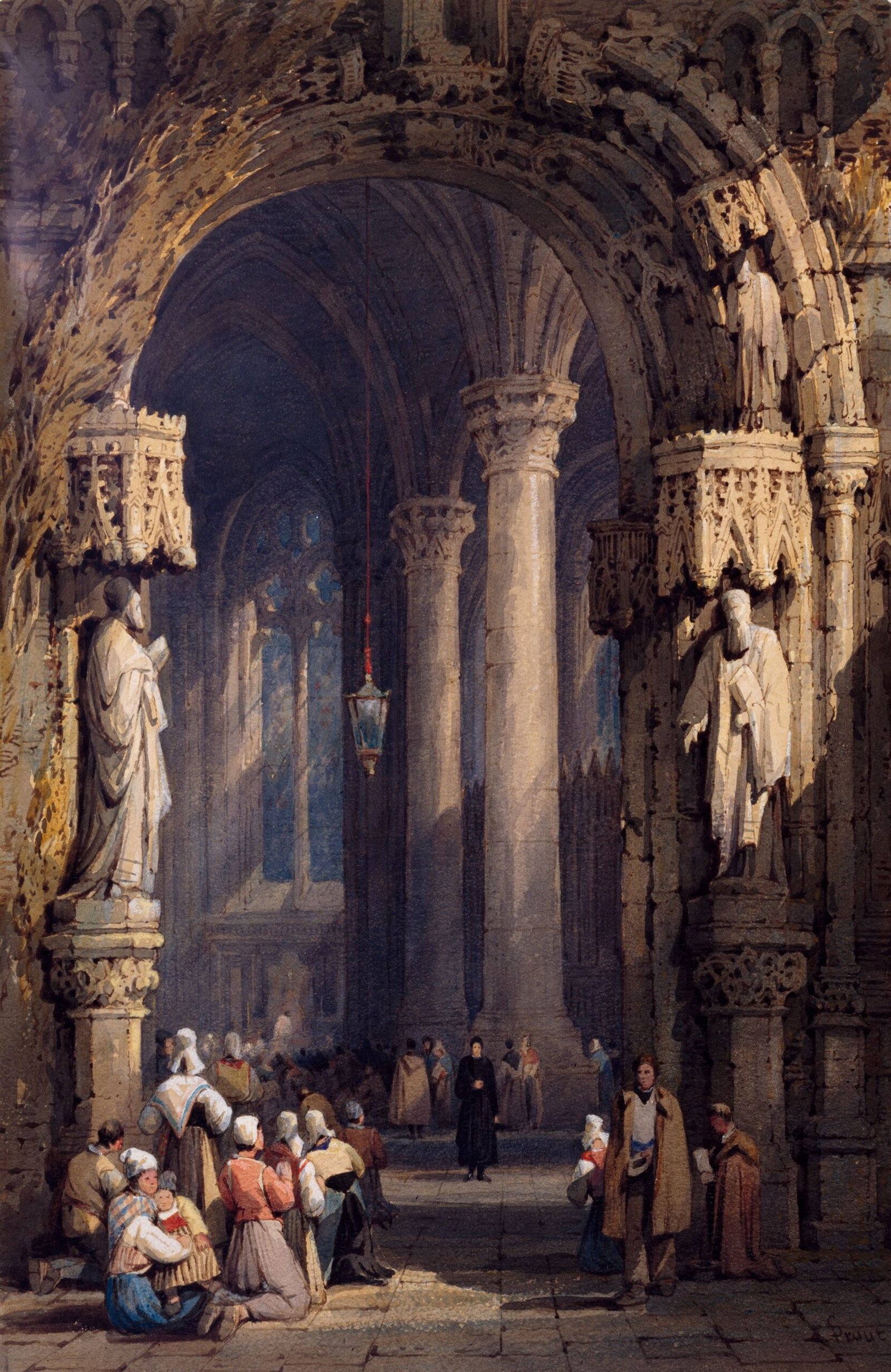
Cagli and the Political Landscape
Effects of Mussolini’s antisemitic laws
In 1938, Mussolini’s antisemitic racial laws took effect, placing restrictions on the Jewish community in Italy. Cagli, being both Jewish and openly gay, was directly impacted by these discriminatory laws. The restrictions prevented him from participating in public exhibitions and receiving state patronage, forcing him to confront the harsh reality of his identity in a hostile political environment.
Cagli’s decision to seek refuge in New York
Faced with increasing persecution and limited opportunities in Italy, Cagli made the courageous decision to seek refuge in New York in 1940. The vibrant art scene and thriving cultural climate of the city offered him a new canvas on which to express himself freely. In New York, Cagli found solace and a sense of belonging among the diverse community of artists and intellectuals.
Exclusion from public exhibitions and state patronage
Despite his talent and artistic contributions, Cagli continued to face exclusion from public exhibitions and state patronage in his new home. The discriminatory practices and prejudices that plagued him in Italy persisted in the United States as well. However, Cagli’s determination and passion for his craft fueled his artistic pursuits, and he found alternative avenues to showcase his work and connect with audiences.
The Return of Cagli’s Painting to New York
Overview of the current exhibition at the Center for Italian Modern Art
After more than eight decades, Cagli’s iconic painting, “Partita a Carte,” has returned to New York. The Center for Italian Modern Art is hosting an extensive exhibition dedicated to Cagli’s life and art, titled “Transatlantic Bridges: Corrado Cagli, 1938-1948.” The exhibition showcases a wide range of Cagli’s works, offering visitors a comprehensive look into his artistic evolution and the socio-political context in which he created.
Exploring historical, social, and cultural phenomena through Cagli’s art
The exhibition at the Center for Italian Modern Art allows audiences to delve into the historical, social, and cultural phenomena intertwined with Cagli’s art. Through his paintings, drawings, and other artifacts, visitors can gain a deeper understanding of the artist’s experiences as an exile and the impact of war, discrimination, and freedom on his creative process.
Themes of war, exile, and discrimination
War, exile, and discrimination are recurring themes in Cagli’s art, reflecting his personal experiences and the tumultuous world events of his time. By exploring these themes, the exhibition invites viewers to contemplate the universal human experiences within the context of larger social and political narratives. Cagli’s art serves as a powerful reminder of the human capacity to endure and find beauty even in the face of adversity.
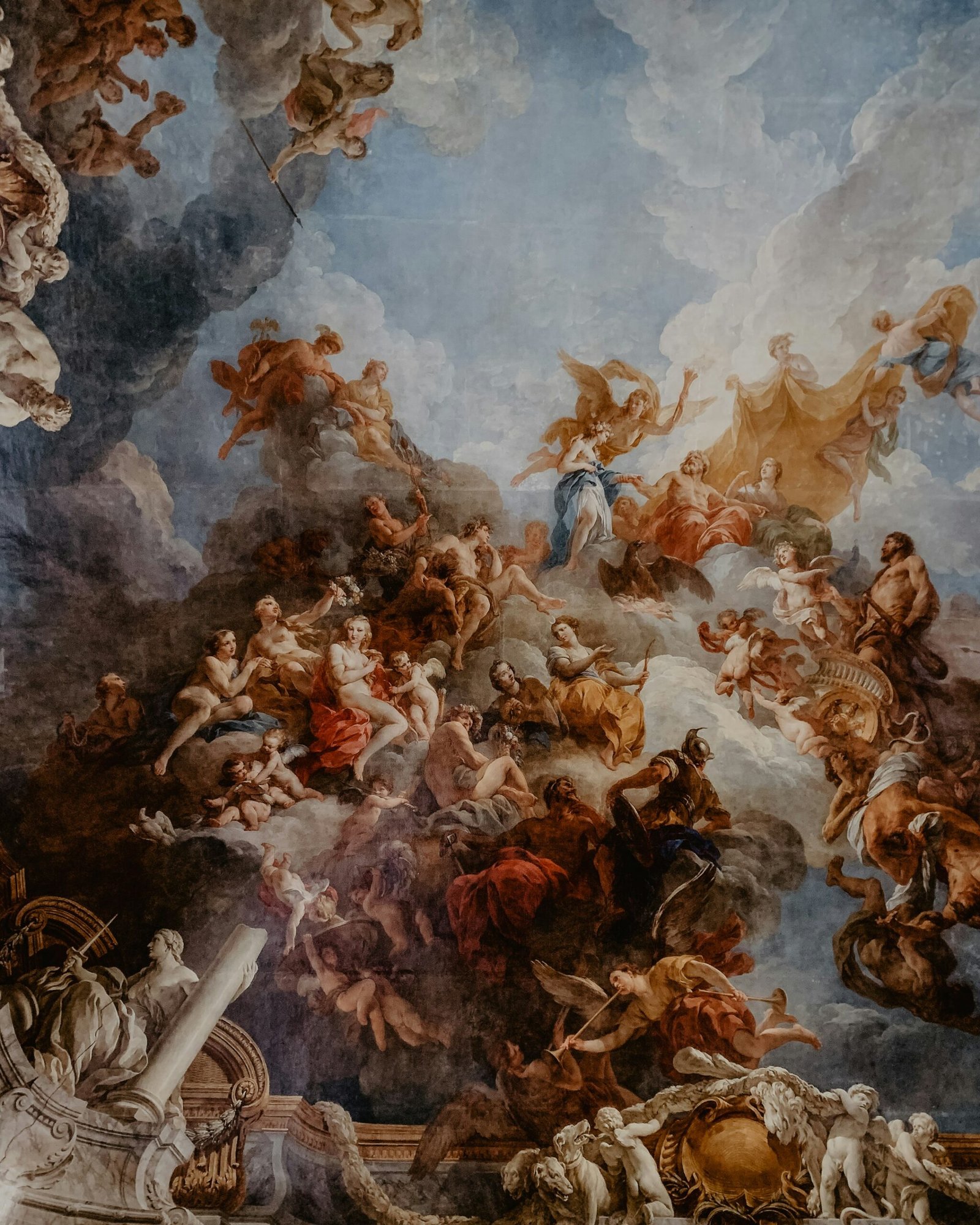
Exploring Cagli’s Artistic Themes
Representation of homoeroticism in Cagli’s work
Cagli’s art is known for its bold and unapologetic exploration of homoerotic themes. His depictions of intimate and sensual moments between men challenged societal norms and opened up dialogue surrounding sexuality and desire. Through his art, Cagli sought to celebrate sexual diversity and promote acceptance and understanding.
Boundaries between Italian and international art
As an artist who experienced displacement and cultural shifts, Cagli navigated the boundaries between Italian and international art. His work incorporated influences from both Italian Renaissance art and contemporary international movements. Cagli’s unique artistic fusion bridged cultural gaps and contributed to the evolution of artistic expressions across borders.
The depiction of freedom in Cagli’s art
Throughout his career, Cagli used his art as a means of expressing his pursuit of freedom. His paintings often captured moments of liberation and empowerment, serving as a reflection of his personal journey as well as a call to action for societal change. Cagli’s art embodied the ideals of liberation and encouraged viewers to challenge oppressive systems and embrace their own freedom.
The Cultural Significance of Cagli’s Art
Influence on future generations of artists
Cagli’s boundary-shattering art has had a profound influence on future generations of artists. His willingness to challenge societal norms and push artistic boundaries inspired countless artists to explore new avenues of creative expression. Cagli’s artistic legacy continues to shape and inspire contemporary art movements, ensuring that his impact lives on through the work of subsequent generations.
Breaking down categorizations of artists
Cagli’s refusal to be categorized solely as an “Italian artist” or a “gay artist” challenged the limitations of labels in the art world. His multidimensional identity and complex body of work demonstrated that artists cannot be confined to a singular label or category. Cagli’s art serves as a reminder that creativity knows no boundaries and that artists should be celebrated for their unique perspectives and contributions.
Challenging societal norms through art
One of the most significant contributions of Cagli’s art is its ability to challenge societal norms. Through his provocative and thought-provoking paintings, Cagli pushed the boundaries of what was deemed acceptable and forced viewers to confront their own biases and preconceptions. His art served as a powerful catalyst for social change and played a crucial role in transforming cultural attitudes and perceptions.
Experiencing the Exhibition
Highlighting key artworks and their significance
Visitors to the exhibition at the Center for Italian Modern Art will have the opportunity to immerse themselves in Cagli’s artistic world. The exhibition features a curated selection of key artworks spanning his career, allowing viewers to trace his artistic evolution and explore the themes that defined his work. Each artwork offers a unique insight into Cagli’s perspective and the larger historical context in which he created.
Interactive elements for visitors
To enhance the visitor experience, the exhibition incorporates interactive elements that encourage active engagement with the art. Through multimedia installations, virtual reality experiences, and interactive displays, visitors can deepen their understanding of Cagli’s art and the narratives it conveys. These interactive elements provide a dynamic and immersive journey into the world of Corrado Cagli.
Guided tours and educational programs
The Center for Italian Modern Art offers guided tours and educational programs to accompany the exhibition. These tours provide visitors with expert insights and interpretations of Cagli’s art, enriching their understanding of the artist and his work. Educational programs cater to various audiences, offering engaging and informative experiences for art enthusiasts, students, and scholars alike.
Critical Reviews and Responses
Reactions from art critics and historians
The exhibition of Corrado Cagli’s art has garnered significant attention from art critics and historians. Many have praised the exhibition for its comprehensive exploration of Cagli’s life and the socio-political context in which he worked. Critics have commended Cagli’s ability to challenge societal norms and push artistic boundaries, hailing him as a visionary artist who transcended categorizations.
Public response to the exhibition
The public response to the exhibition has been overwhelmingly positive. Visitors have expressed awe and appreciation for Cagli’s art and the thought-provoking themes it explores. The exhibition has sparked conversations and stimulated dialogue surrounding issues of identity, discrimination, and artistic freedom. Cagli’s art continues to resonate with audiences, inspiring reflection and introspection.
Implications for the art world
The exhibition of Corrado Cagli’s art carries significant implications for the art world at large. It serves as a reminder of the power of art to challenge societal norms, provoke thought, and inspire change. Cagli’s boundary-shattering approach to art continues to influence artists and reshape the art landscape. The exhibition also highlights the importance of recognizing and celebrating artists who have been historically marginalized or misunderstood.
Legacy of Corrado Cagli
Recognition and appreciation of Cagli’s work over time
Over time, Corrado Cagli’s work has gained increasing recognition and appreciation in the art world. Scholars, curators, and art enthusiasts have revisited his art, recognizing its innovative and groundbreaking nature. Cagli’s paintings have been exhibited in prestigious museums and galleries globally, cementing his status as an influential artist.
The lasting impact of his boundary-shattering art
Cagli’s boundary-shattering art has had a lasting impact on the art world. His willingness to challenge societal norms and explore taboo topics paved the way for future generations of artists to express themselves freely. Cagli’s art continues to inspire artists to question boundaries, experiment with new forms, and challenge the status quo.
Continuing relevance and influence in the art world
Cagli’s art remains relevant and influential in the modern era. His exploration of themes such as identity, sexuality, and discrimination resonates with contemporary audiences, reflecting ongoing conversations surrounding these topics. The innovative techniques and provocative subject matter of his art continue to captivate viewers and inspire new artistic endeavors.
Conclusion
Reflections on Cagli’s pursuit of freedom through art
Corrado Cagli’s life and art are an embodiment of his relentless pursuit of freedom. Despite facing discrimination and adversity, Cagli used his art as a medium to express himself authentically and challenge societal norms. His pursuit of freedom through art serves as a testament to the transformative power of creativity and the ability of artists to shape the world around them.
Appreciation for his ability to challenge societal norms
Corrado Cagli’s ability to challenge societal norms and push artistic boundaries is worthy of admiration and appreciation. His courage to confront taboos, express his own truth, and advocate for inclusivity paved the way for a more diverse and inclusive art world. Cagli’s art encourages audiences to embrace their own uniqueness and challenge the confines of social conventions.
The significance of his artistic legacy in the modern era
Corrado Cagli’s artistic legacy continues to reverberate in the modern era. His provocative and boundary-shattering art remains relevant, inspiring artists and provoking conversations about societal norms and human experiences. Cagli’s legacy serves as a reminder of the power of art to challenge, transform, and shape our understanding of the world. His art stands as a testament to the enduring impact of artists who refuse to be confined by labels or limitations.

